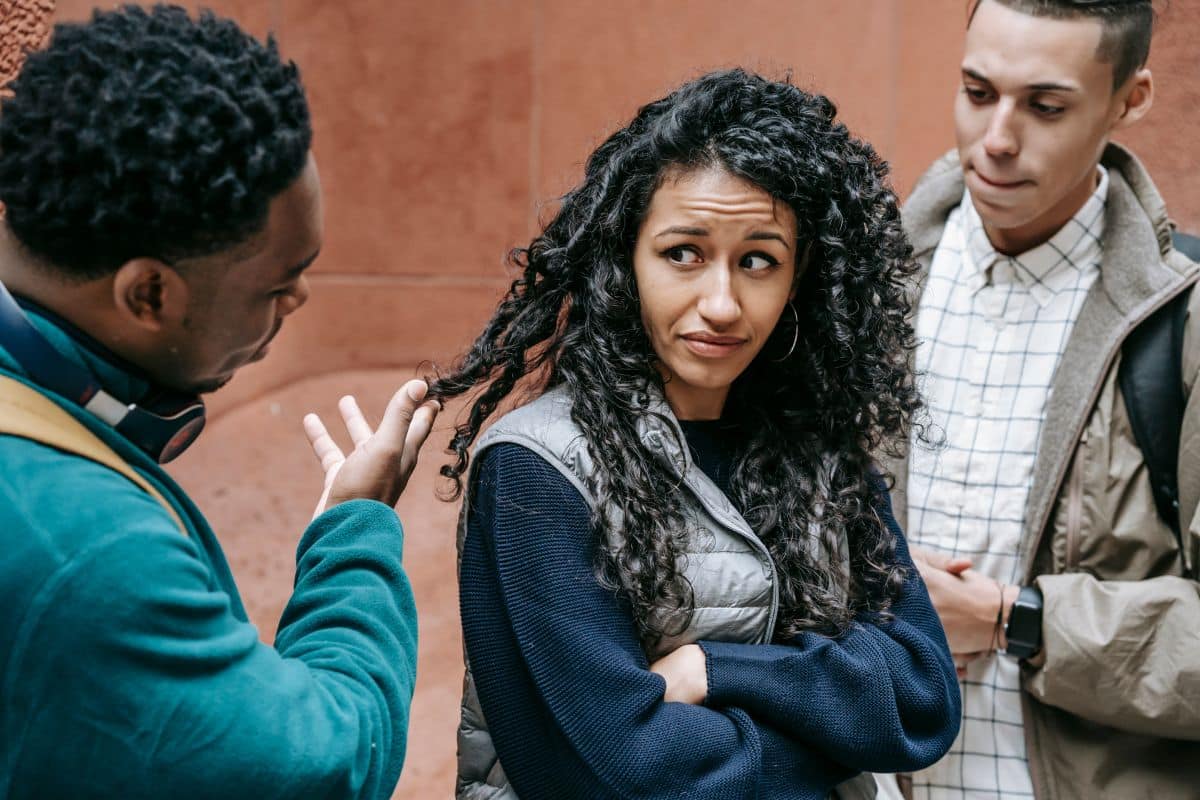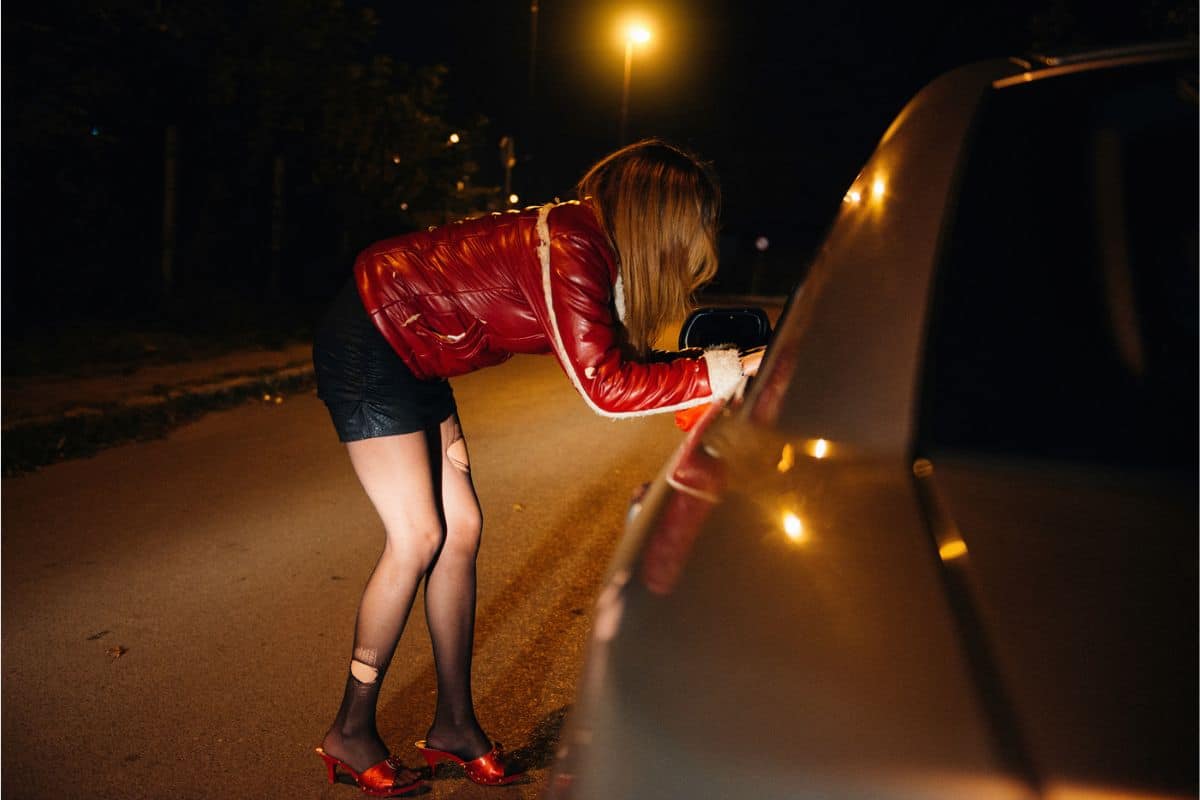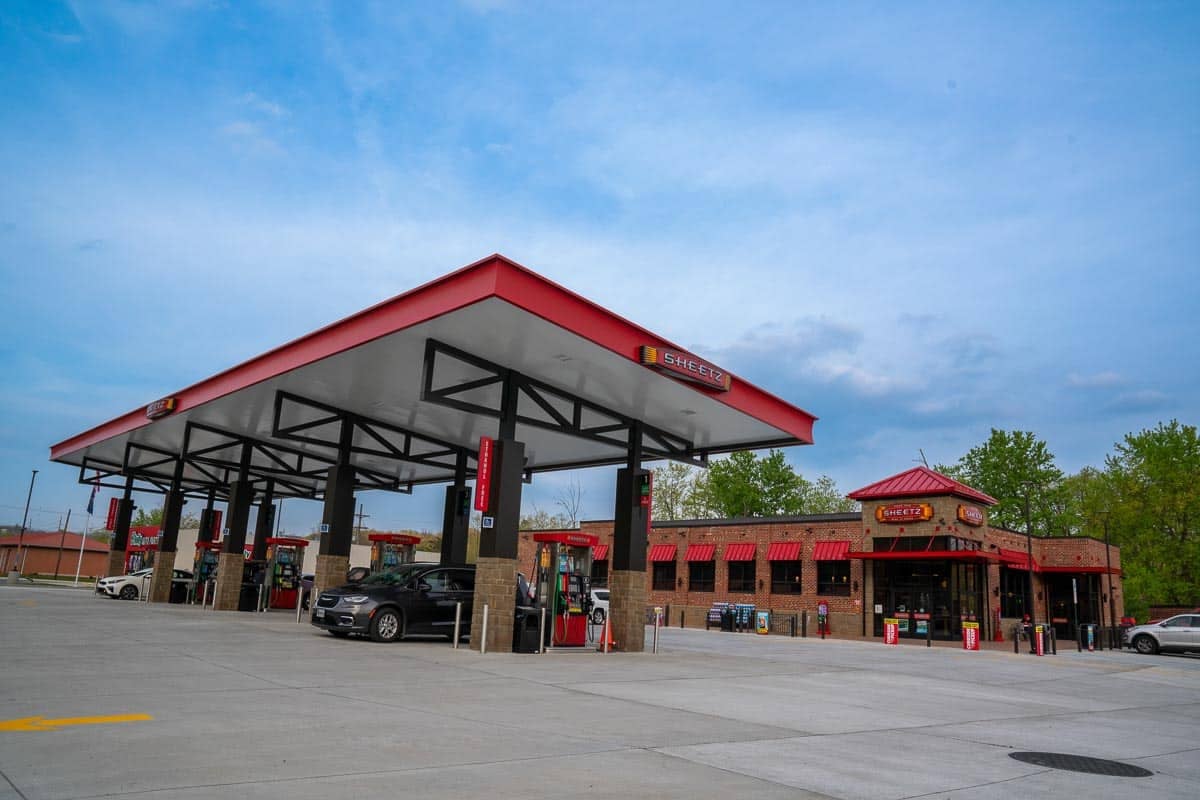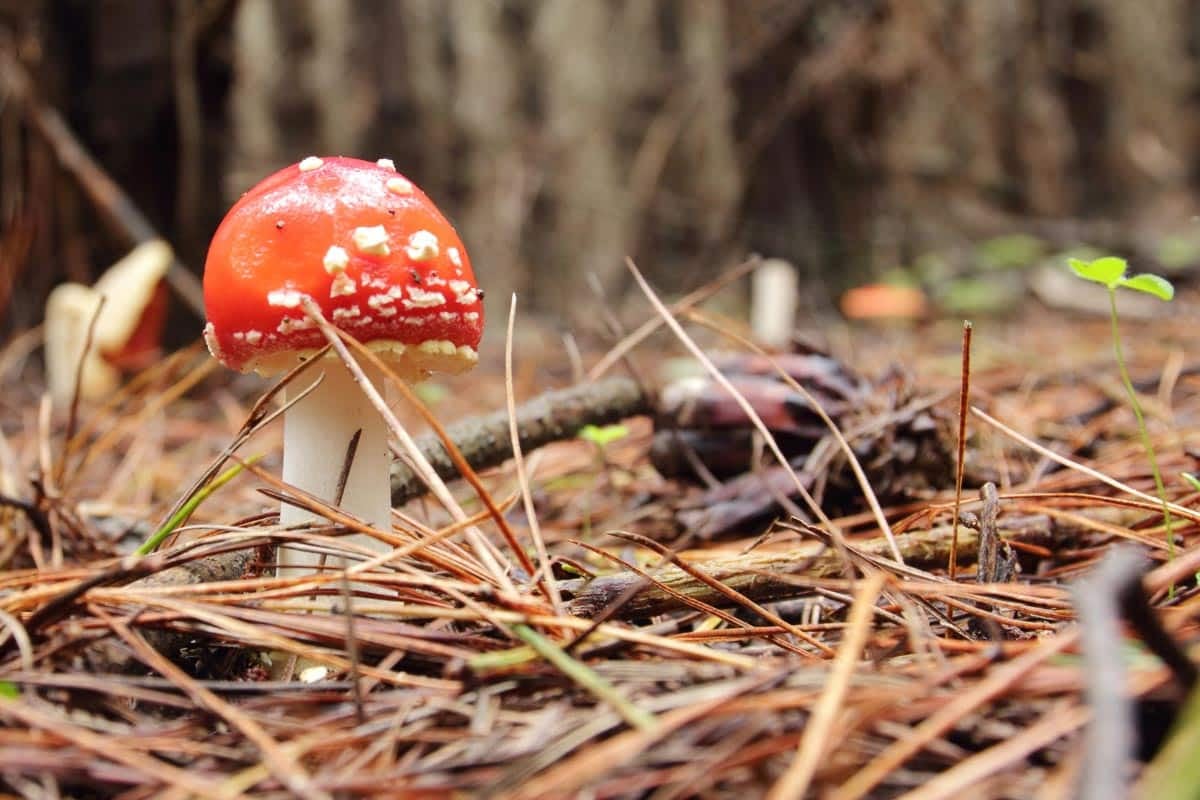The issue of child trafficking casts a shadow over every corner of the world, the United States included. An unsettling fact emerges as children constitute a staggering 27% of all global human trafficking victims, with a striking two-thirds of identified child victims being girls.
The U.S. Marshals Service announced this past Monday that they rescued and located 200 missing or endangered children over a six-week period.
“Operation We Will Find You 2” targeted several hotspot cities, including Phoenix, Arizona, and Miami, Florida, where numerous children had been reported missing.
You think this cannot happen to your child, but the numbers tell a different story. Let’s separate fact from fiction.
Child Trafficking: Sorting Truth from Fiction

As defined by the United Nations, trafficking encompasses three critical components:
1. The Act: This includes the recruitment, transportation, transfer, harboring, or receipt of individuals.
2. The Means: This involves the use of force, threats, coercion, fraud, deception, abuse of power, or exploiting vulnerabilities to control the victim.
3. The Purpose: The aim is to exploit, encompassing practices like forced labor, sexual exploitation, removal of organs, slavery, or similar forms.
Myth vs Facts

Amidst these grim realities, misconceptions abound about trafficking—its victims, perpetrators, and the gravity of its impact on children. Continue reading to differentiate between the myths and realities surrounding child trafficking.
MYTH: Traffickers only target strangers.

FACT: In most instances, victims are trafficked by individuals they know, which may include friends, family members, or romantic partners.
MYTH: Only females fall prey to human trafficking.

FACT: Males are just as susceptible to trafficking as females, albeit their cases often go unnoticed. Trafficking manifests differently for each gender; girls might endure forced marriage and sexual exploitation, while boys might face forced labor or recruitment into armed groups.
MYTH: All trafficking revolves around sex trade.

FACT: Trafficking encompasses a broader spectrum, spanning forced labor, domestic servitude, organ trade, debt bondage, child soldier recruitment, sex trafficking, and forced prostitution.
MYTH: Trafficking necessitates crossing borders.

FACT: Human trafficking is distinct from smuggling and doesn’t require crossing borders. Sometimes, victims are exploited within their own homes. The U.S. witnesses trafficking predominantly in hotels, motels, truck stops, and online platforms.
MYTH: Victims are always physically confined

FACT: While some cases involve physical force, trafficking often employs threats, coercion, or manipulation. Control mechanisms range from drug dependence and abusive relationships to financial control and isolation from loved ones.
MYTH: Trafficking prevails primarily in developing nations

FACT: Trafficking occurs universally, albeit the prevalent forms may differ by country. The U.S. ranks high in sex trafficking cases globally, occurring across cities, suburbs, and rural areas. Labor trafficking is also a concern, although less prominent than in developing countries.
It’s essential to untangle the web of myths surrounding child trafficking to grasp its real scope and impact, fostering awareness and effective action against this harrowing issue.
There Are Some Ways You Can Help Prevent Child Trafficking, Such As:

- Educating your children about the dangers of human trafficking and how to protect themselves.
- Monitoring your children’s online activity and using parental control tools to block inappropriate or suspicious websites, apps and contacts
- Building strong family relationships with your children and spending quality time together. Many victims of trafficking are vulnerable because they are lonely, depressed or isolated.
- Being vigilant in public places and reporting any suspicious behavior or signs of trafficking to the authorities or the National Human Trafficking Hotline at 1-888-373-7888 or text HELP or INFO to BeFree (233733)
- Supporting anti-trafficking organizations that work to raise awareness, provide services to survivors and advocate for policy changes.
Know The Signs So You Can Help Identify A Trafficking Victim At An Airport/Bus Depot/Train Station

- A child being accompanied by someone who is not their parent or guardian, or who does not seem to have a close relationship with them
- A child being dressed in a sexualized manner, or seeming to be under the influence of drugs or alcohol
- A child showing signs of fear, anxiety, depression, submissiveness or nervousness
- A child having no control over their own travel documents, money or belongings
- A child traveling to or from a destination known for human trafficking or sex tourism.
If you see something suspicious, you should report it to the airport authorities or call the National Human Trafficking Hotline at 1-888-373-7888. You could help save a life.
Learn More About Spotting Potential Trafficked Children and Adults:

YouTube videos you can watch to learn more:
Human Trafficking 101: Risk Factors & Trafficers’ Tactics
Human Trafficking 101: Traffickers & Buyers
Truck Drivers Can Help Identify Child Trafficking Victims By:

- Being alert and observant of any suspicious activity or signs of trafficking at rest stops, truck stops, gas stations, motels or other places where they stop or park
- Reporting any suspected cases of trafficking to the local law enforcement or the National Human Trafficking Hotline at 1-888-373-7888 or text HELP or INFO to BeFree (233733)
- Joining or supporting organizations that train and educate truck drivers on how to recognize and report trafficking, such as Truckers Against Trafficking or Busing on the Lookout.
- Sharing information and resources with other truck drivers and raising awareness about the issue of human trafficking
Where To Learn More and To Donate

UNTRAFFICKED, a domestic nonprofit organization in the United States that equips and mobilizes people to stop child sex trafficking and restore survivors.
Save the Children, an international nonprofit organization that works to protect children from trafficking, exploitation and abuse in over 100 countries².
DeliverFund, a nonprofit intelligence organization that leverages cutting-edge technology in the fight against human trafficking in the US³.
Love146, an international anti-child trafficking organization that focuses on prevention and survivor care, providing homes and training for victims.
Polaris Project, is a nonprofit organization that works to end human trafficking and restore freedom to survivors. Some of its activities include:
- Operating the National Human Trafficking Hotline, which provides 24/7 support and assistance to victims and survivors of trafficking, as well as referrals, training and resources to service providers and law enforcement.
- Conducting data analysis and research on the different types and trends of human trafficking in North America, and publishing reports and recommendations to inform policy and practice.
- Developing and implementing innovative strategies and solutions to prevent, disrupt and eradicate human trafficking, such as working with financial institutions, technology companies, health care providers, transportation systems and other sectors.
6 Gas Station Chains With Food So Good It’s Worth Driving Out Of Your Way For

We scoured the Internet to see what people had to say about gas station food. If you think the only things available are wrinkled hotdogs of indeterminate age, and day-glow slushies, we’ve got great, tasty news for you. Whether it ends up being part of a regular routine, or your only resource on a long car trip, we have the food info you need. Let’s look at 6 gas stations that folks can’t get enough of and see what they have for you to eat. Read 6 Gas Station Chains With Food So Good It’s Worth Driving Out Of Your Way For
18 of the World’s Deadliest Foods: How Many Are You Eating?

Whether you eat to live, or live to eat, let’s make sure you live to see another day! These are some of the world’s deadliest foods. They can bring on extreme symptoms, ranging from paralysis to seizures, choking and even death, so don’t go tucking these into your lunchbox. Click for 18 of the World’s Deadliest Foods: How Many Are You Eating?
10 Of The Worst Tasting Drinks People Pretend To Like

Hold onto your taste buds, because we’re about to embark on a flavor-filled adventure through the realm of beverages! Sure, we all need water to survive, but let’s be real – drinks are so much more than just basic hydration. Recently, the question of which beverages people secretly think taste awful sparked a fiery debate. Boozy elixirs, non-alcoholic refreshments, and everything in between were thrown into the mix. Brace yourself as we unveil the truth behind the drinks we pretend to love. Get ready for a wild ride of taste revelations! Read 10 Of The Worst Tasting Drinks People Pretend To Like







